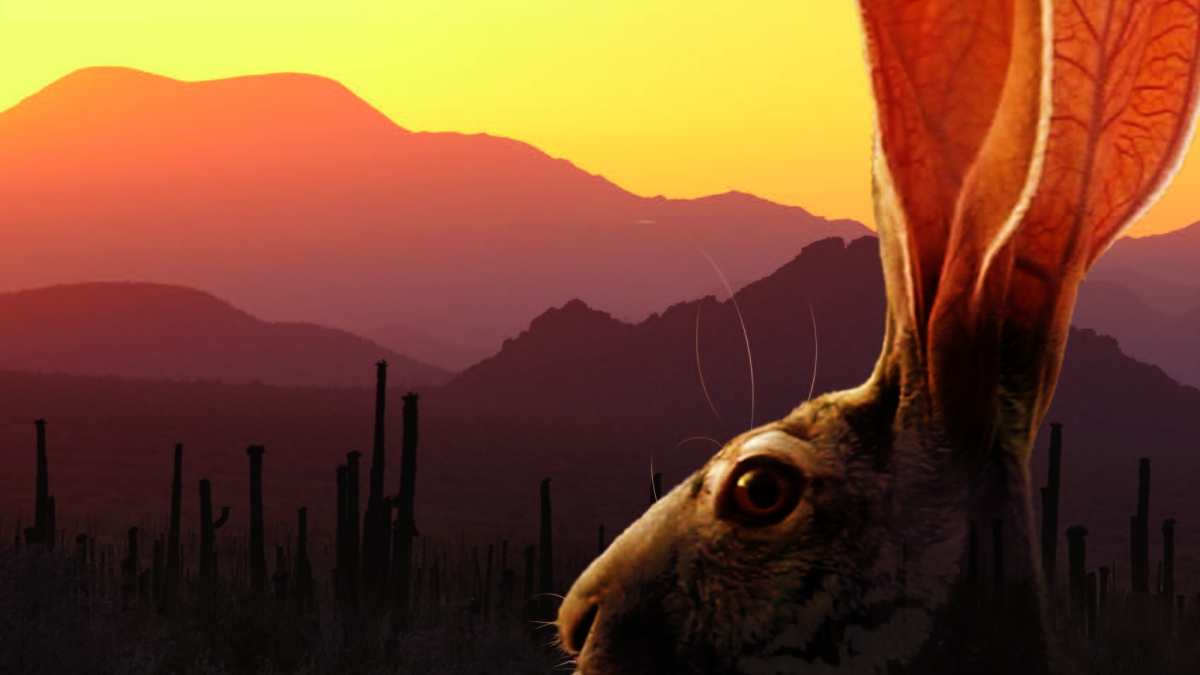New event series reveals the arts, humanities of sustainability

Do you know why you believe what you believe about your relationship to the natural world? Do you know why some cultures in the past have sustained themselves longer than others? Have you ever pondered how you’ve shaped the physical world around you? Is the world you see a sustainable one?
These questions and more are explored in a new event series titled “Arts and Humanities in Sustainability.”
“The goal of this new series is to demonstrate the impact the arts and humanities have on sustainability,” says Ann Kinzig, a series co-creator, senior sustainability scientist in Arizona State University’s Global Institute of Sustainability and professor in the School of Life Sciences. “Many sustainability challenges have no easy solutions. We need to integrate different kinds of knowledge to understand both what the problems are and where solutions might lie. This means we have to go well beyond science to understand how people see the world, relate to it and imagine what it could be.”
The Global Institute of Sustainability partners with the Institute of Humanities Research, ASU Art Museum and Herberger Institute for Design and the Arts to sponsor the series that examines sustainability concepts through a diverse range of ideas, emotions, actions and contexts.
Although the humanities and arts may seem very different from the sciences, they explore similar topics, albeit through different lenses. For example, humanists and artists tend to put the “human” back in sustainability research, as in interpreting and understanding the role of human values, beliefs, experiences and cultures in shaping our relationship to the natural world. They explore the hidden values affecting scientific research and the way people think about the human relationship to nature. After all, if we can’t envision our appropriate place in this world, how will we sustain it for future generations?
“This series will help people identify their beliefs about their place in the natural community and integrate knowledge from multiple disciplines to inform development toward a more sustainable future,” says Kathy Holladay, assistant director of the Institute for Humanities Research.
To kick off the series, an exhibit titled “Río Canción” displays photographs and world models created by the hands and minds of Honduran youth during Julie Anand’s summer workshop at Guaruma, a Honduran-based nonprofit that provides after-school programs on photography and computer sciences. Anand is an associate professor in the School of Art and a senior sustainability scholar in the Global Institute of Sustainability.
Additional artists, filmmakers, scholars, graphic designers and authors from across the world will travel to ASU to bring their unique perspectives on pressing sustainability concerns.
“Creating collaborations between scientists, engineers, scholars, humanists and artists will allow the university and the community to explore the many complicated dimensions of the world's sustainability challenges,” Kinzig says.
Speakers include Alan Weisman, author of "The World Without Us"; Lindsay Kinkade, founder and creative director of Design RePublic; and documentary filmmakers Thomas Weiwandt (“Desert Dreams”) and Emmanuel Vaughan-Lee (“Elemental”).
“Our hope is that the series will allow audiences to gain a better overall understanding of the humanities and the arts,” says Sally Kitch, director of the Institute for Humanities Research; “…how the humanities and arts serve as sites for vital research and material projects that make a difference in the world by assessing and interpreting the role of human values, beliefs, emotions and cultural inclinations in shaping humanity’s impact on the planet.”
Members of the ASU community and general public are welcome to attend the series. See a full list of events.